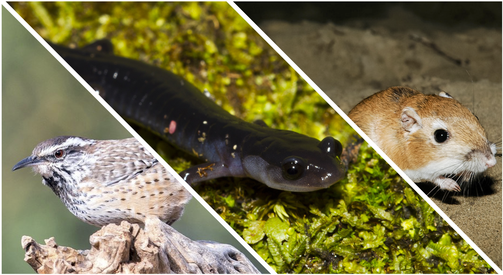|
We use physiology to understand how animals function in their environment. Our research blends experimental biology with simulation-based computer models to identify the physiological processes driving species' distributions, extinction, and adaptation. The approach requires insight from behavior, physiology, and physics, providing a highly integrative perspective into organismal biology. Through the synthesis of these disciplines, we provide a comprehensive understanding of organisms, from genes to geographic ranges, while improving our capacity to predict the impact of climate change.
|
|
RECENT UPDATES
|
NEW PUBLICATIONS
|
University of North Carolina, Chapel Hill
Department of Biology
Department of Biology


